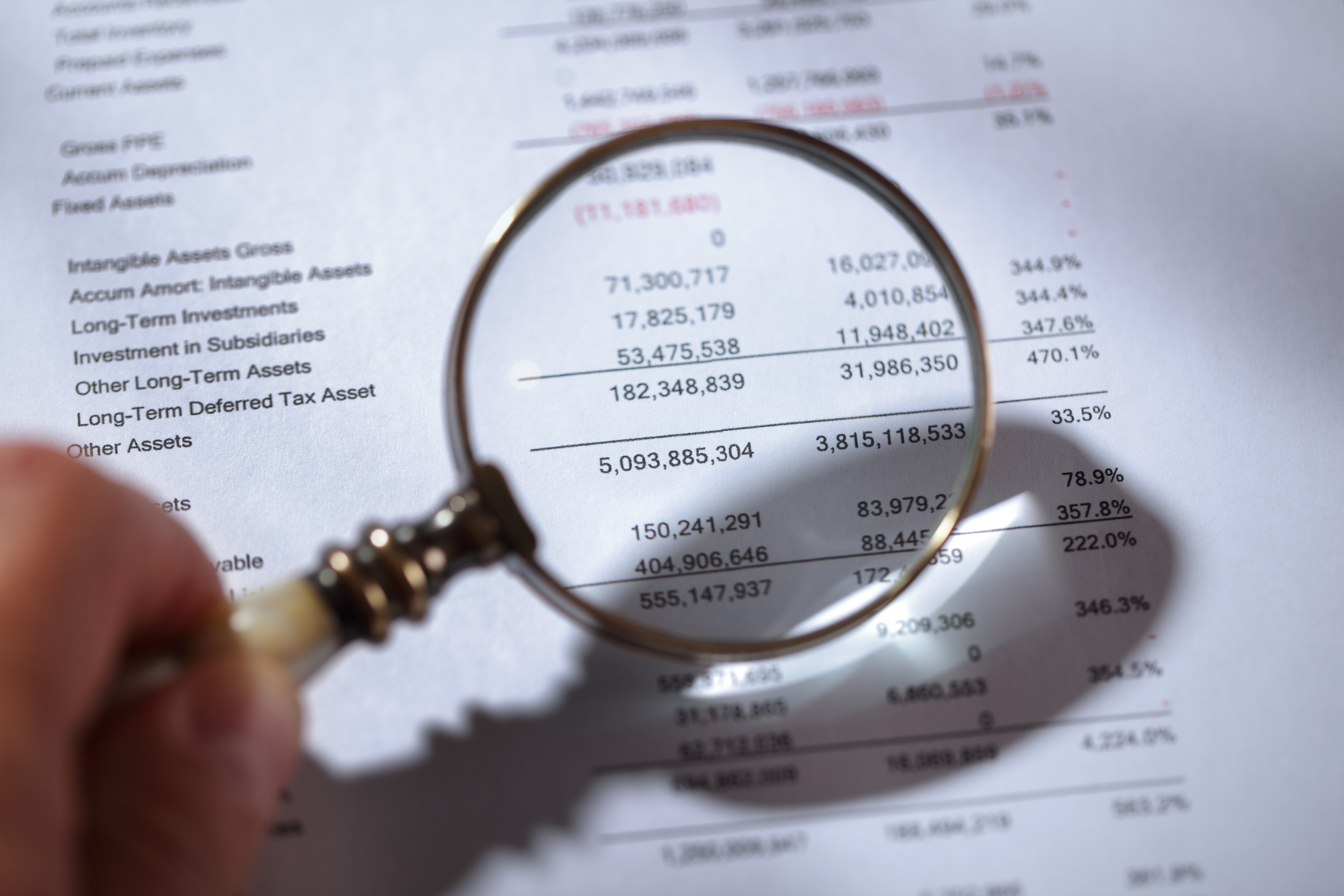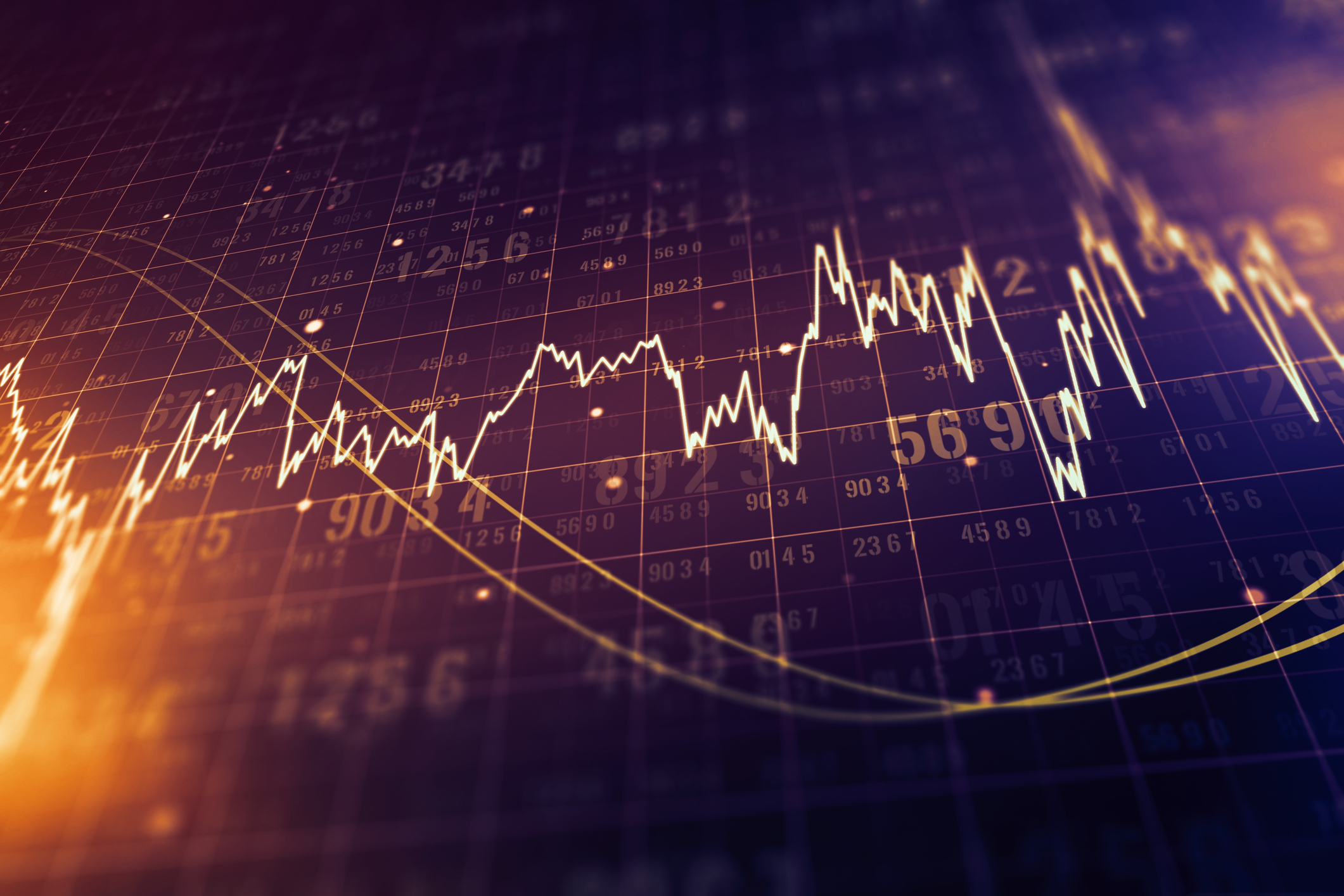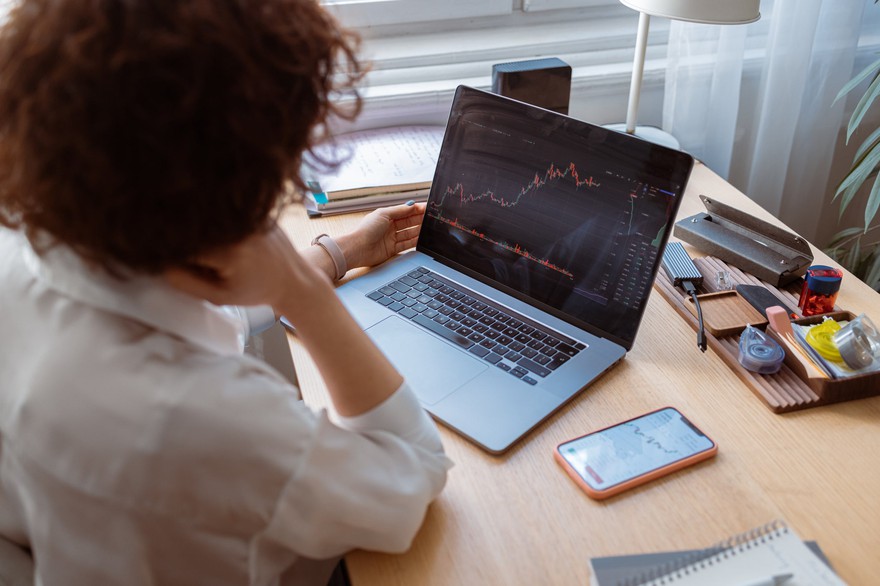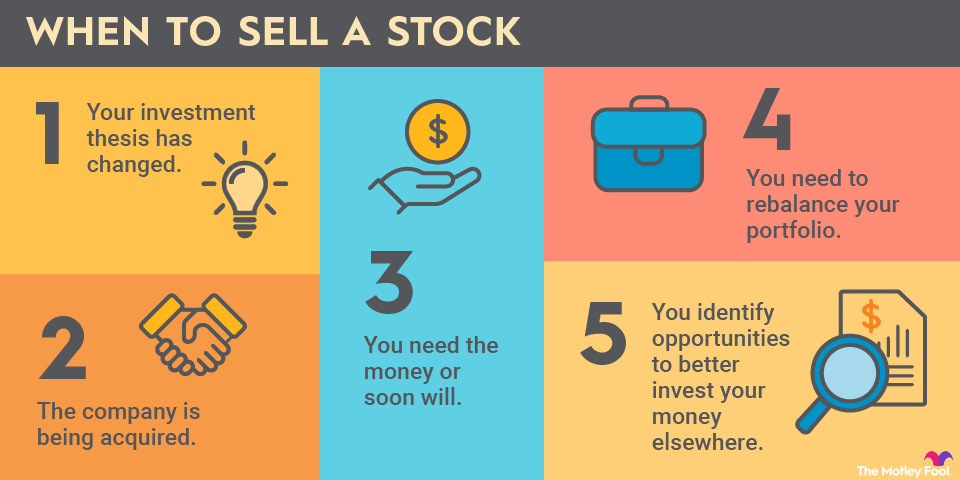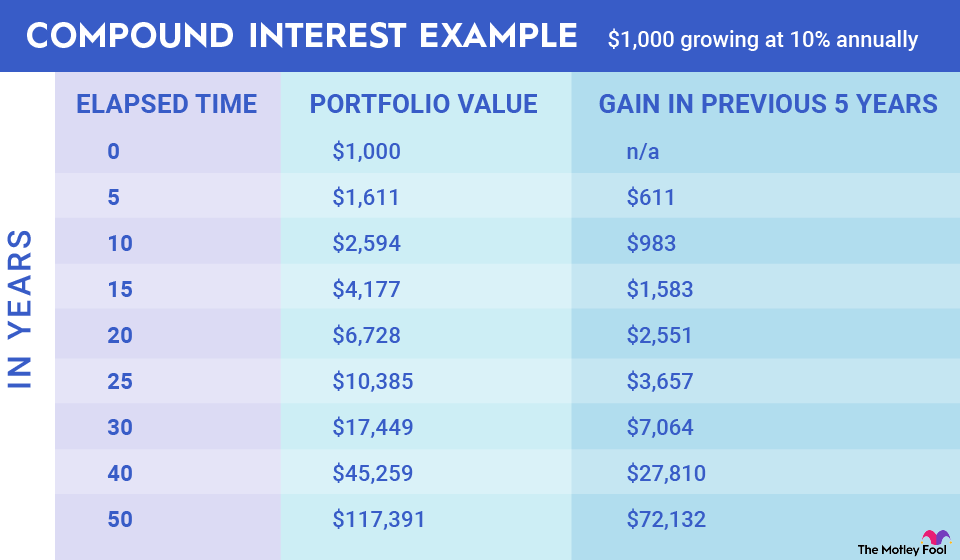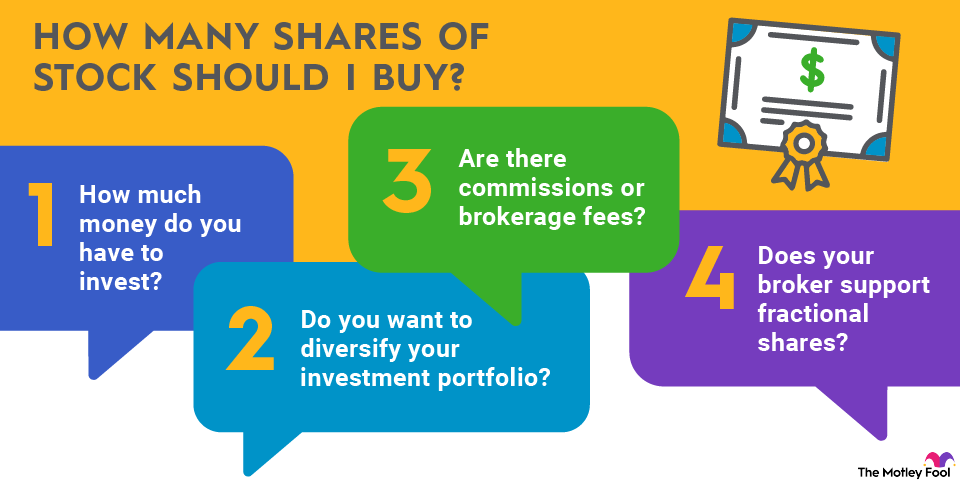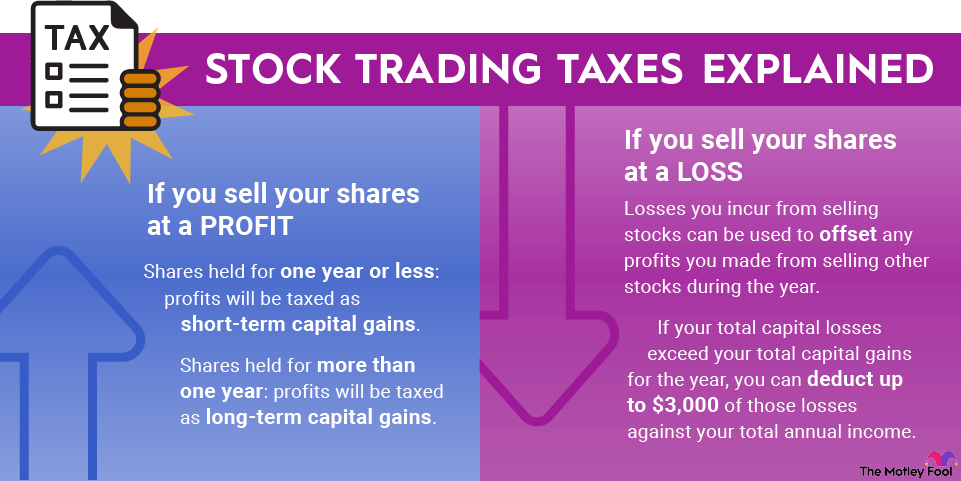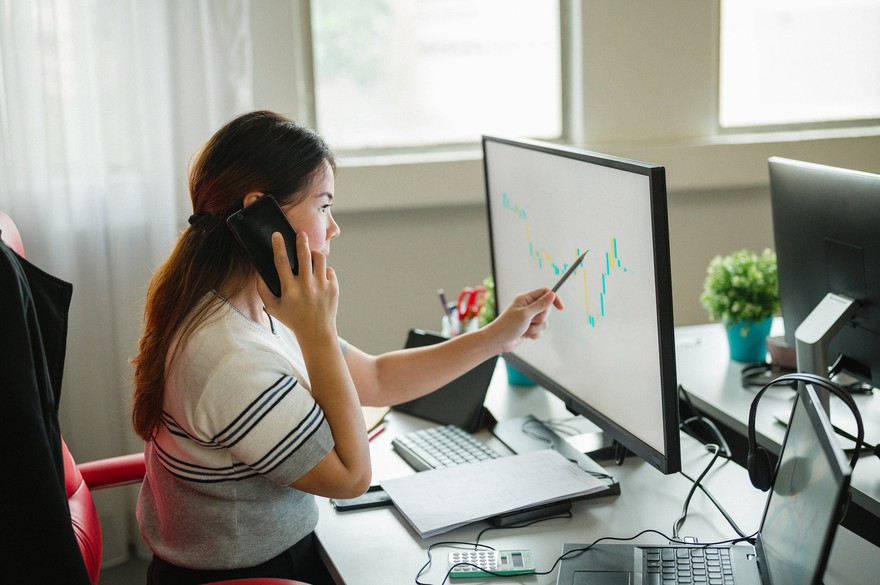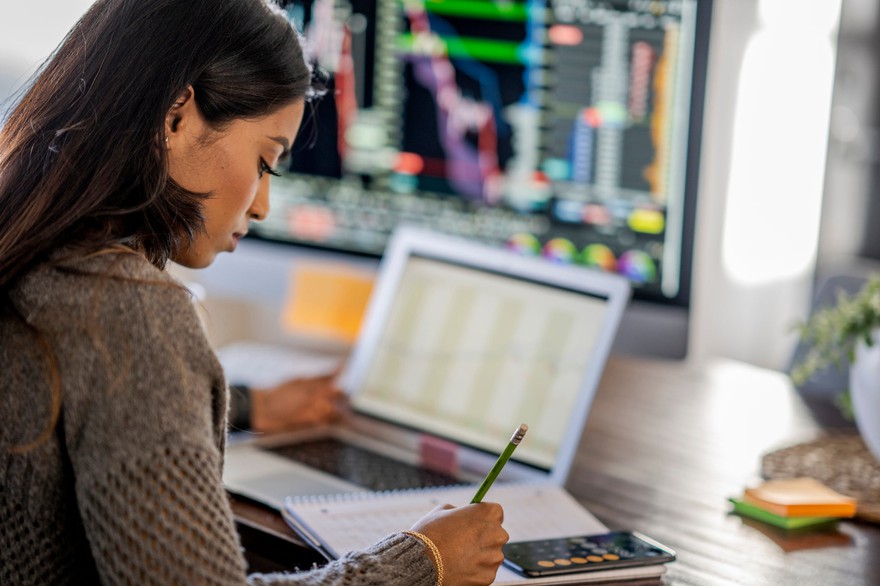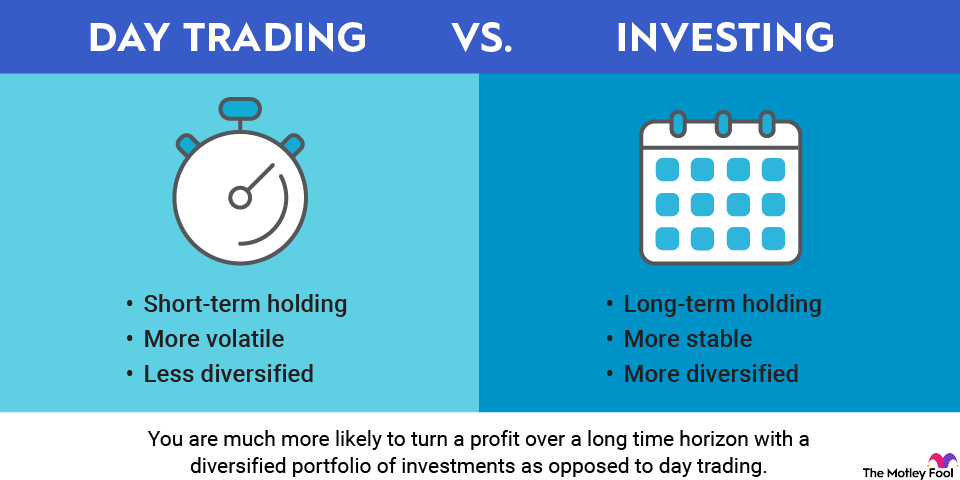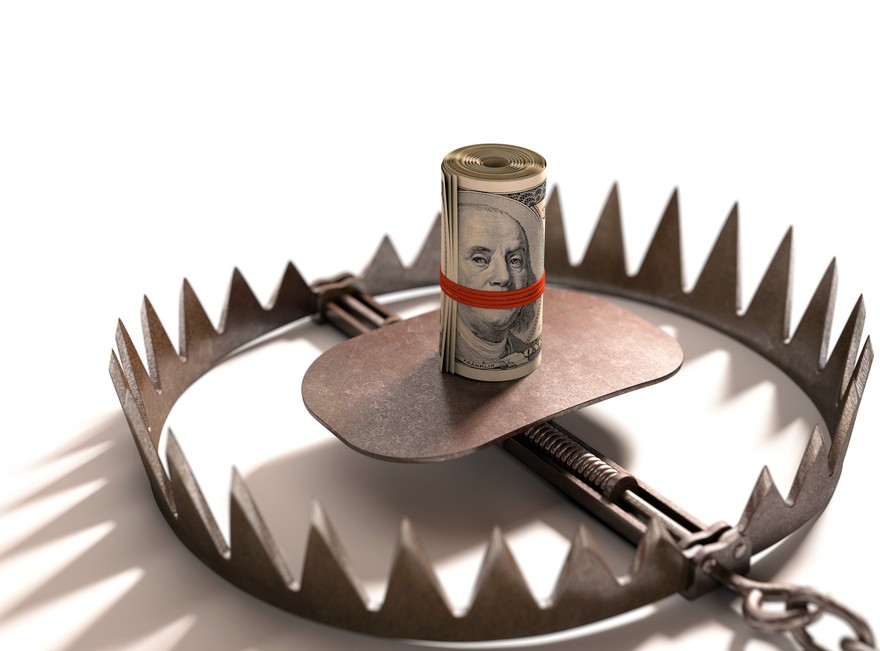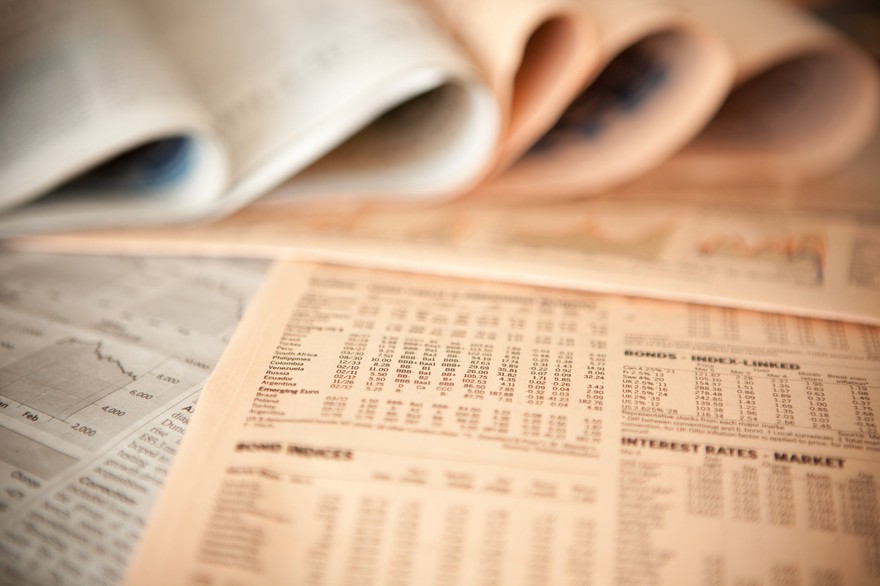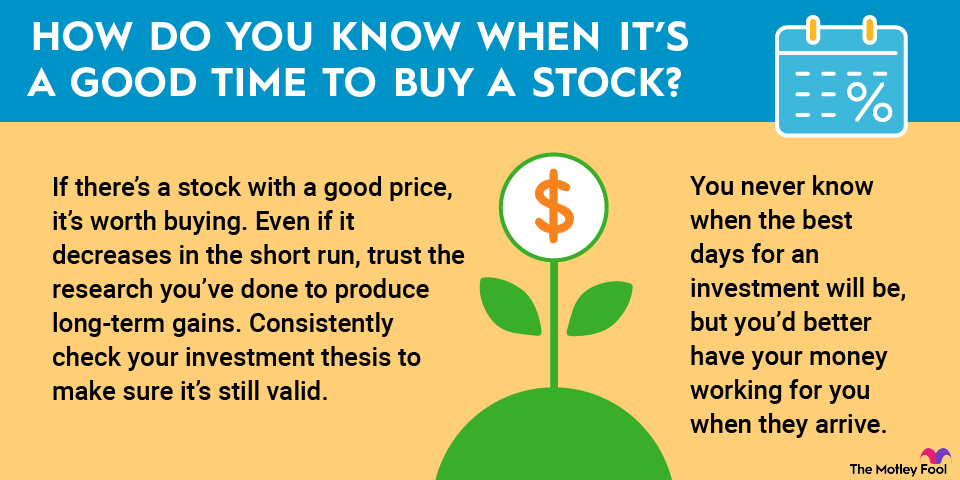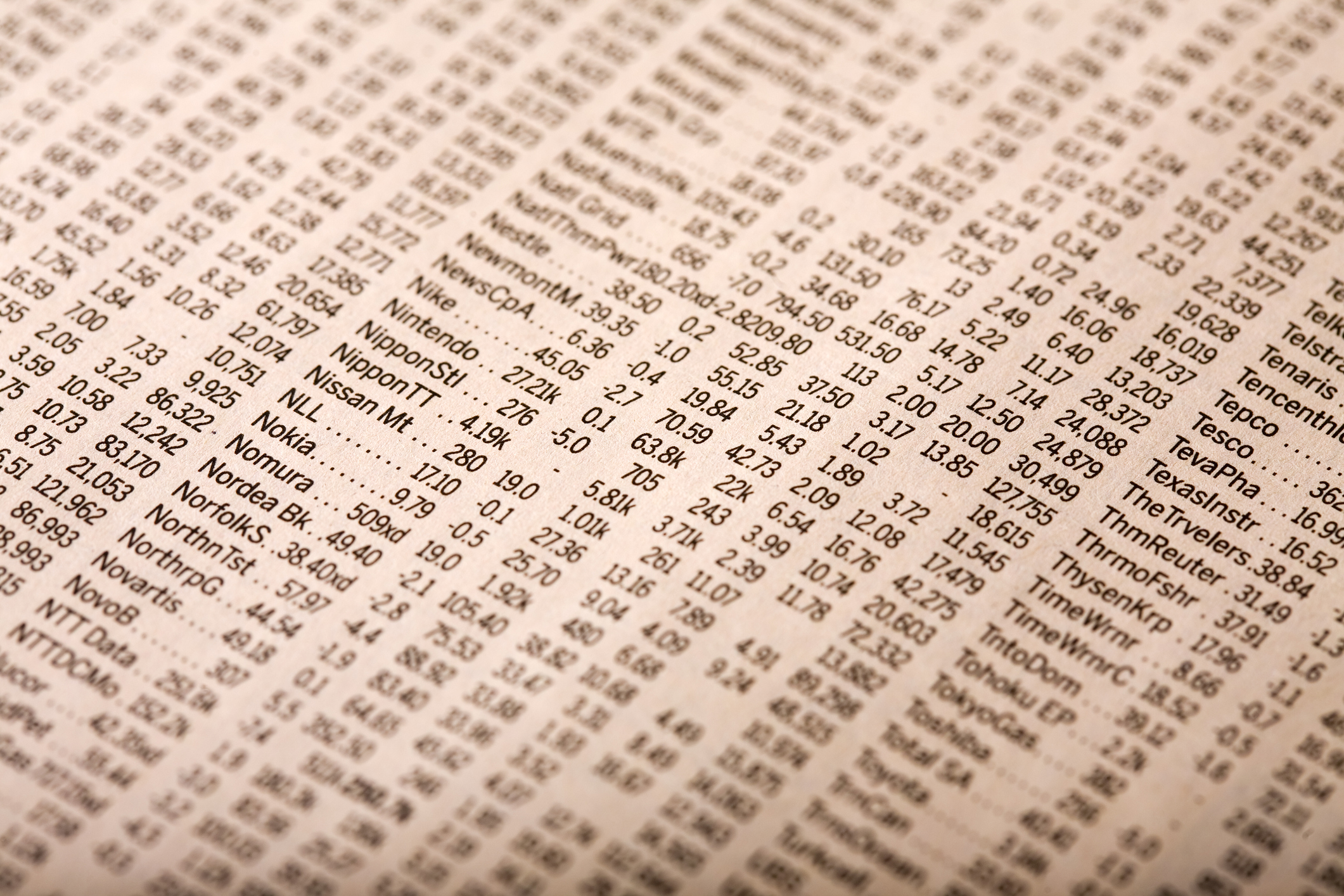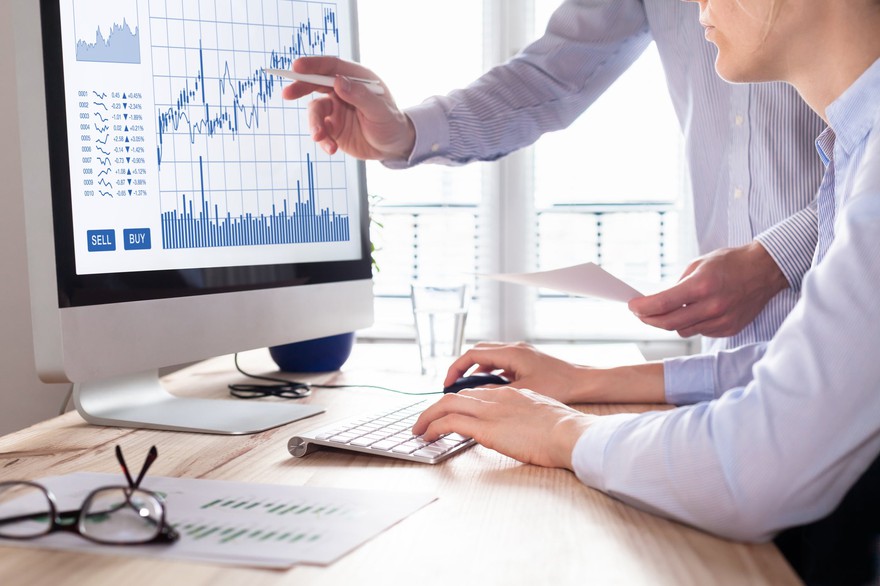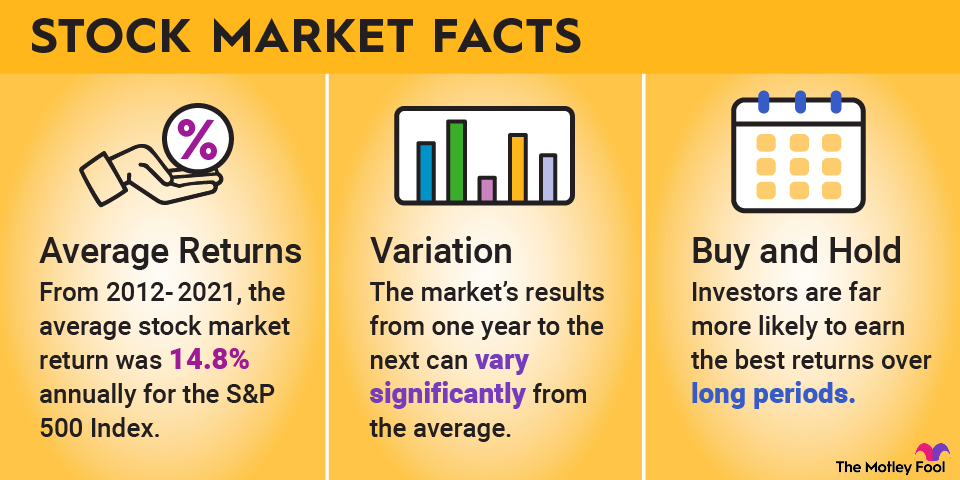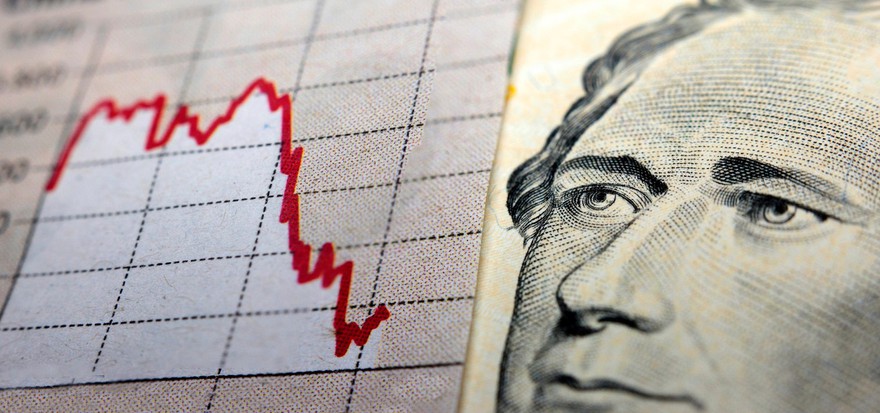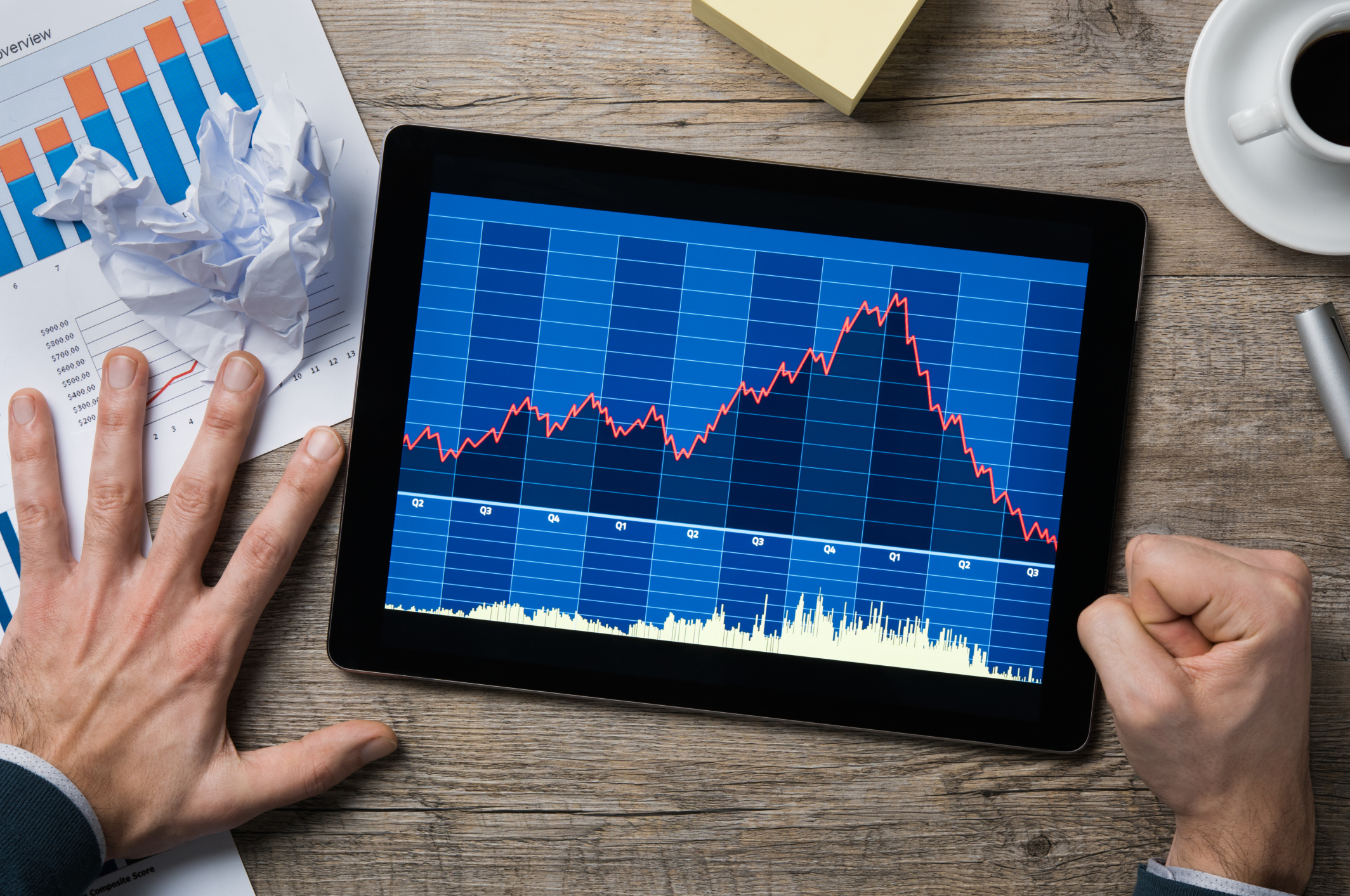Upside is a free cash-back app that provides savings on purchases at participating stores and vendors. The platform is built on the mission of creating a mutually beneficial system for consumers, merchants, and the community. Upside was originally launched under the name GetUpside in 2016 by Alex Kinnier and Wayne Lin, former employees of Alphabet’s (GOOGL -0.12%)(GOOG -0.00%) Google.
While working as a product manager at Google, co-founder Alex Kinnier was influenced by Google's chief economist Hal Varian. Varian theorized that brick-and-mortar retail suffered from massive inefficiencies compared to e-commerce, since the latter used data to personalize offers.
Kinnier saw how Google Adwords revolutionized online advertising by using anonymized user data to target consumers with offers that resonated with their specific needs. The insight inspired him to find a way to bring that same level of personalization and efficiency to the physical retail world.
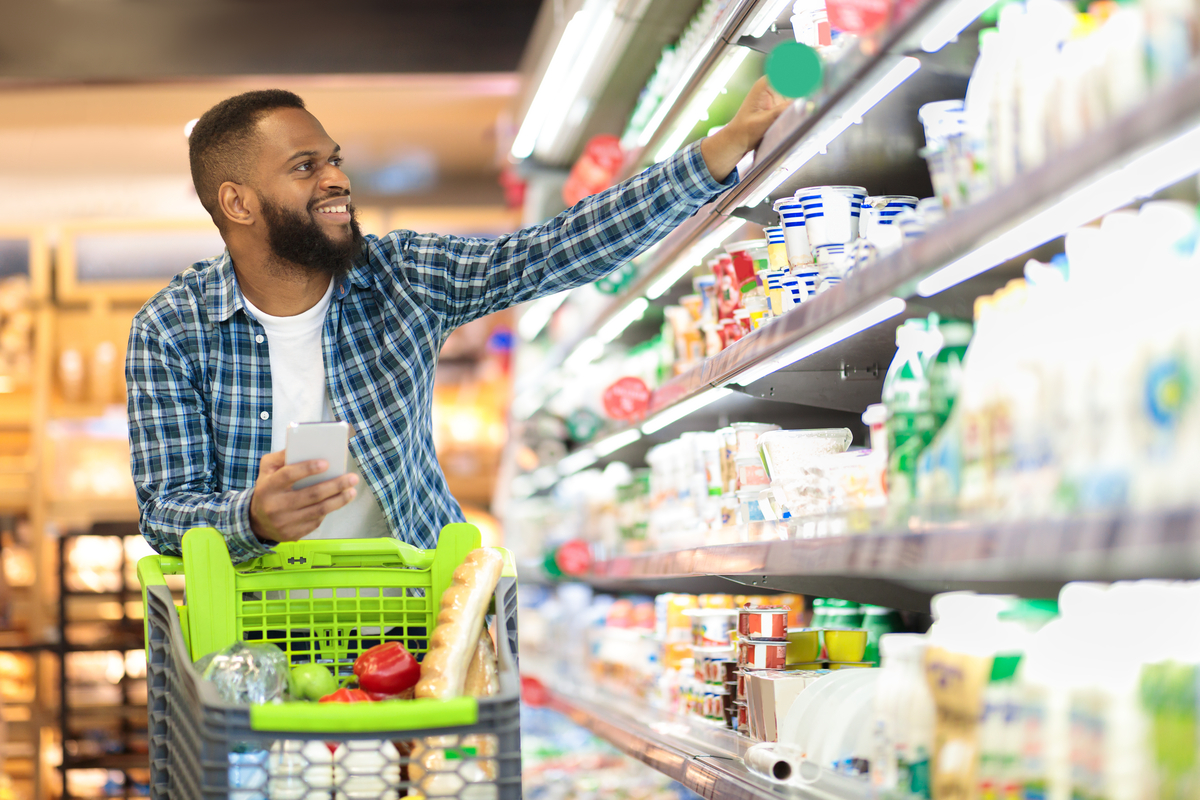
What does Upside do?
The Upside app is an increasingly popular way for shoppers to earn cash back on everyday purchases at gas stations, grocery stores, and restaurants. Upside has a network of more than 100,000 retail partners across the country, and its platform reaches more than 35 million consumers through its app and a network of partner apps.
So, how does it work? The shopper opens the Upside app, selects a participating store nearby, and claims a specific cash-back offer for that grocery, gas station, or other business. The shopper then pays for the purchase as they normally would, using a credit or debit card that is linked to their Upside account.
After paying, the user confirms the purchase in the app. Once the transaction is verified, Upside adds the cash back to the user’s account. The cash can then be transferred to a bank account, PayPal (PYPL +1.05%), or even to a gift card. New and existing users can use special promo codes to earn extra cash on their purchases, and shoppers can even earn a small amount of money when they refer friends.
There’s a distinct value proposition that Upside aims to provide for both shoppers and retailers. For consumers, the Upside app offers the advantage of getting cash back for ordinary purchases. Upside says that consumers can even save up to $290 per year on average, just by using the app.
Meanwhile, businesses benefit from Upside by attracting customers without a large upfront cost. The Upside app is free for shoppers, and businesses only pay Upside once its app drives proven sales, which makes the platform a lower-risk way for a retailer to acquire customers.
How does Upside make money?
Upside makes money primarily through commissions. When users make a purchase at a participating gas station, restaurant, or grocery store through the app, Upside receives an affiliate commission from that business.
The commission is a portion of the profit generated from the sale that the business shares with Upside. The company also reportedly makes revenue from targeted advertising, where businesses can pay Upside to promote their offers, like featured deals, to the platform’s growing user base.
Revenue
Upside's financials
Because Upside is privately held, the average retail investor can't buy shares, and the company is not required to release public financial reports. However, in its most recent "Year in Review" report, the company described 2024 as the best in its history.
Upside delivered $245 million in cash back to consumers during 2024, and helped its retail partners earn $605 million in incremental profit. Upside drove 17 million first-time visitors, 19 million repeat customers, and 131 million transactions to its retail partners in 2024.
In 2024, Upside also continued expanding beyond gas stations, restaurants, and grocers and announced a new partnership with a home improvement retailer as part of its effort to expand into new retail categories. The platform launched more than 6,200 retail locations in 2024 alone.
While management doesn’t always break down core metrics like user growth, and hasn’t done so for 2023 or 2024, the company did report specific growth figures in 2022. In October 2022, Upside reported a 270% increase in app users over the preceding year.
The company also reported a 280% rise in offer claims and 157% growth in merchant partners during 2022. Big names like Domino’s (DPZ -0.18%) and Pizza Hut partnered with Upside that year.
As of 2025, Upside says that it has delivered $1 billion in cash back to consumers and $1.8 billion in incremental profit to retailers to date. The platform has also hit the milestone of $6 billion in commerce processed through Upside annually.
Related investing topics
Recent developments
In March 2025, Upside teamed up with card-issuing platform Marqeta (MQ -0.80%) to offer cash-back rewards, which could signal that new payment options or integrations could be live on the platform in the near future. In September, Upside launched a Spanish-language version of its app to expand its user base to millions of Spanish-speaking and bilingual families across the U.S.
Upside also formed a major new partnership with grocery retailer Giant Food to bring all 163 of its stores in the D.C., Maryland, Virginia, and Delaware areas onto the platform, and with Vibe Restaurants to help boost sales and profits at 72 Little Caesars locations across nine states. In addition to its gas and grocery offers, Upside is increasing its partnerships with restaurant chains, including well-known names like Applebee’s.
If Upside ever becomes a publicly traded company in the future, the cash-back platform could be an intriguing play for investors interested in the broader fintech space.










